Citroen e-Berlingo (2022 – 2024) Review
Citroen e-Berlingo (2022 – 2024) At A Glance
Citroen has always been one of the leaders in the small van market, ever since the original Citroen Berlingo transformed the market for compact vans when it debuted in 1997. More than a quarter of a century on, the French manufacturer continues to innovate with the UK’s best-selling small electric van – read on for our Citroen e-Berlingo review to find out why it’s such a strong performer in the van market.
The Citroen e-Berlingo is based on the standard petrol and diesel-powered model, which has been on sale since 2018. Like all Berlingos before it, it’s based on a medium-sized car platform, which means it has impressively car-like driving characteristics.
The original model shared its platform with the Peugeot 306 – this one is based on the current Citroen C4, and it means that electric vehicle architecture was already good to go when it was being developed, with a plug-and-play battery pack and drivetrain from the Citroen e-C4.
It's a practical van with two different body length options. The shortest is called the ‘M’ and the biggest the ‘XL’, which may sound confusing, but ‘S’ and ‘L’ models exist in other markets thanks to the modularity of the platform.
There’s also a crew cab variant on the XL, with seats that can be folded away and a clever pop-up second bulkhead to give the best of both worlds. Two trim levels are offered, both higher spec trim grades: Enterprise Pro and Driver Pro.
In terms of usability, the Citroen e-Berlingo isn’t suited to long-distance work but there aren’t many vans that are – it will do 171 miles on a charge based on the WLTP cycle, which is enough for most users to complete a day’s deliveries, and ideal for small business users who need it to get form job-to-job, but couriers and longer distance drivers would be better sticking with the standard diesel Citroen Berlingo, at least for now.
The Citroen e-Berlingo is also compatible with CCS rapid charging with a maximum speed of 100kW - double that of its predecessor and allowing a 0-80% charge in around 30 minutes on a 100Kw charger.
The onboard charger, meanwhile, is a 7Kw unit compatible with most home sockets, but a three-phase compatible 11kW charger is offered an option for larger business users. A standard at-home charge will take about 7.5 hours.
Driving the Citroen e-Berlingo (2022 – 2024)
The car-like cabin is one of the most comfortable and ergonomically pleasing on the market, but don’t expect it to have the same levels of tech or style as the likes of the VW ID.Buzz Cargo.
It has a good driving position with excellent all-round visibility, though the analogue dials may feel a bit out-of-date compared with the digital screens seen on the most recent EVs.
The Citroen e-Berlingo is only offered in higher spec trim grades, which are Enterprise Pro and Driver Pro. Both come with an eight-inch touchscreen and DAB radio with steering wheel controls and a USB port.
Drive is selected via a tiny shift toggle that looks slightly incongruous where the gear stick would be, with a ‘B’ mode to maximise battery regeneration through braking.
There are three driving modes: Eco, Normal and Power. Each delivers a different power output, and the 171-mile range applies only to Eco mode. Expect closer to 130 miles in Normal and only use Power in emergencies…
In Eco mode it delivers 81PS, 109PS in Normal and the full 136PS in Power mode, so don’t expect to get much of a pedal on round town – not that you need to.
There’s also a decent suite of safety equipment, including lane departure warning, blind spot assist, hill start assist, active safety-assisted braking and hill descent control.
Citroen e-Berlingo (2022 – 2024) interior
At the business end, the Citroen e-Berlingo is pretty functional – it’s 4.4 metres in length yet three quarters of its length (3.3m) is given over to the load area, easily enough to swallow a Euro pallet with plenty of room to spare, while there are multiple lashing points and a single side-loading door (a twin side door model is offered as a factory option).
The XL version, meanwhile, comes in at 4.75 metres long and has a carrying capacity of 3.8 cubic metres. If you need the crew cab variant, then this is only offered on the XL, with a load volume of 1.8 cubic metres with the seats in place – still just enough space to squeeze in a pallet.
Both versions have a flat load bay and very narrow wheelarch intrusions, while there’s also the ‘Extenso Cab’ option, which uses a part-bulkhead and folding passenger seat to extend one side of the load bay further.
For an EV, the Citroen e-Berlingo has an impressive payload – 803kg for the standard model and 751kg for the XL, which weighs more to start with and comes with twin side loading doors as standard.
The crew cab is rated at 721kg payload, and light trailers are allowed thanks to a 750kg towing weight, though this will have a hugely detrimental impact on the electric range.

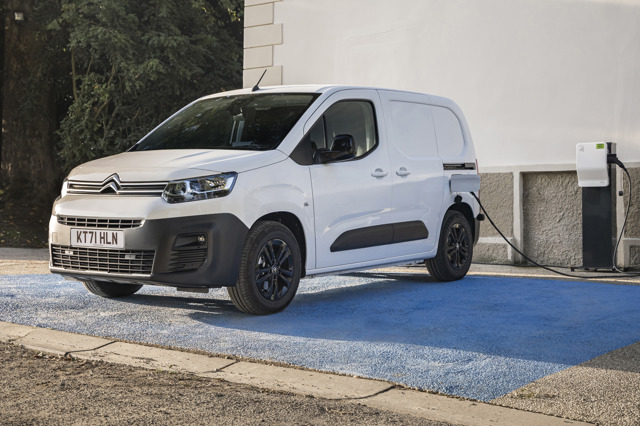
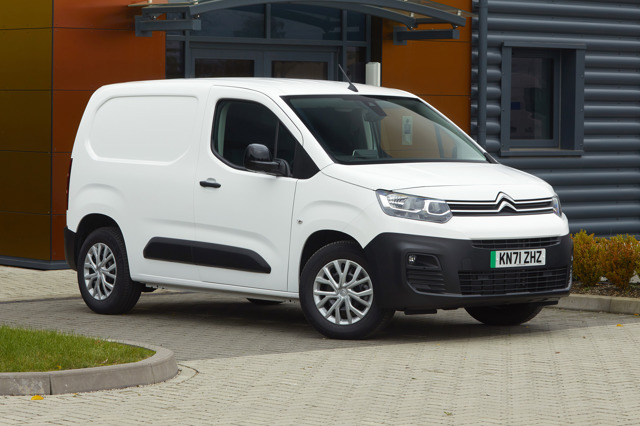
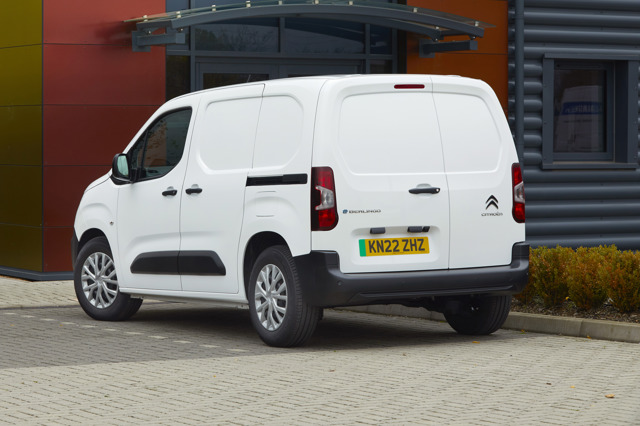
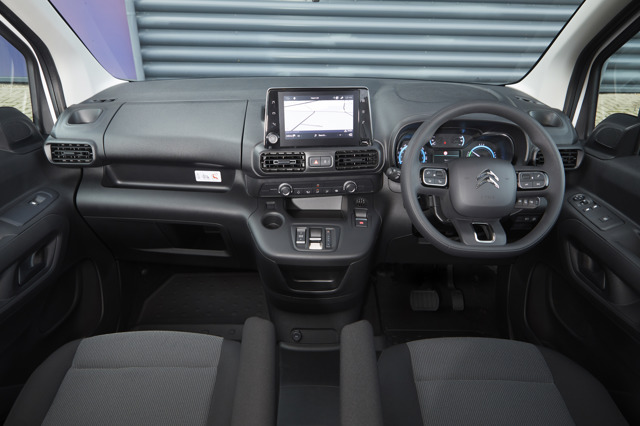
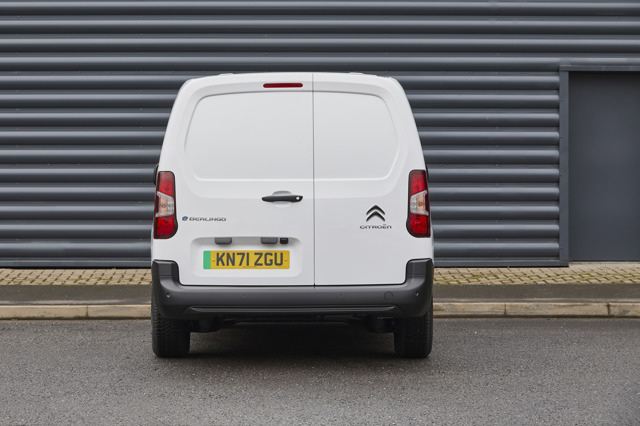
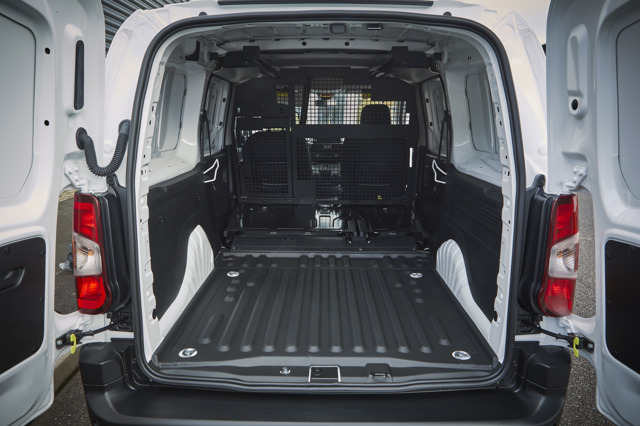
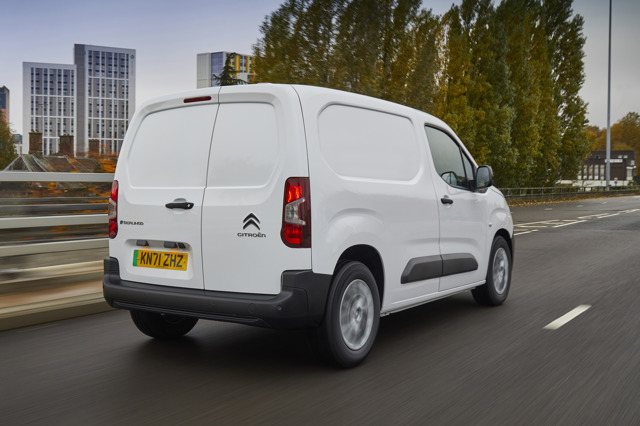
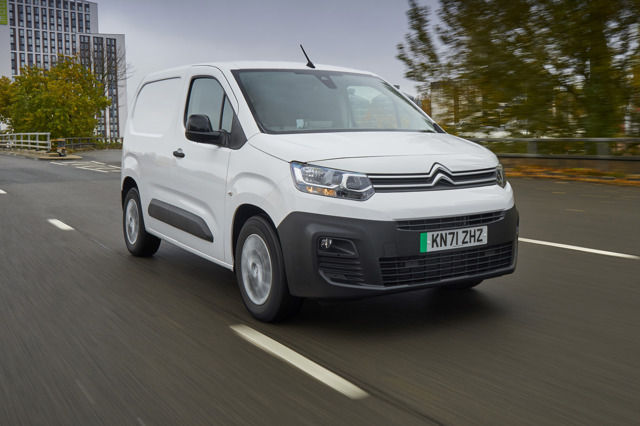

 Great range, good to drive, long and short wheelbase and crew cabs available, practical load bay
Great range, good to drive, long and short wheelbase and crew cabs available, practical load bay
 Expensive compared with diesel models, only available in higher trim levels
Expensive compared with diesel models, only available in higher trim levels